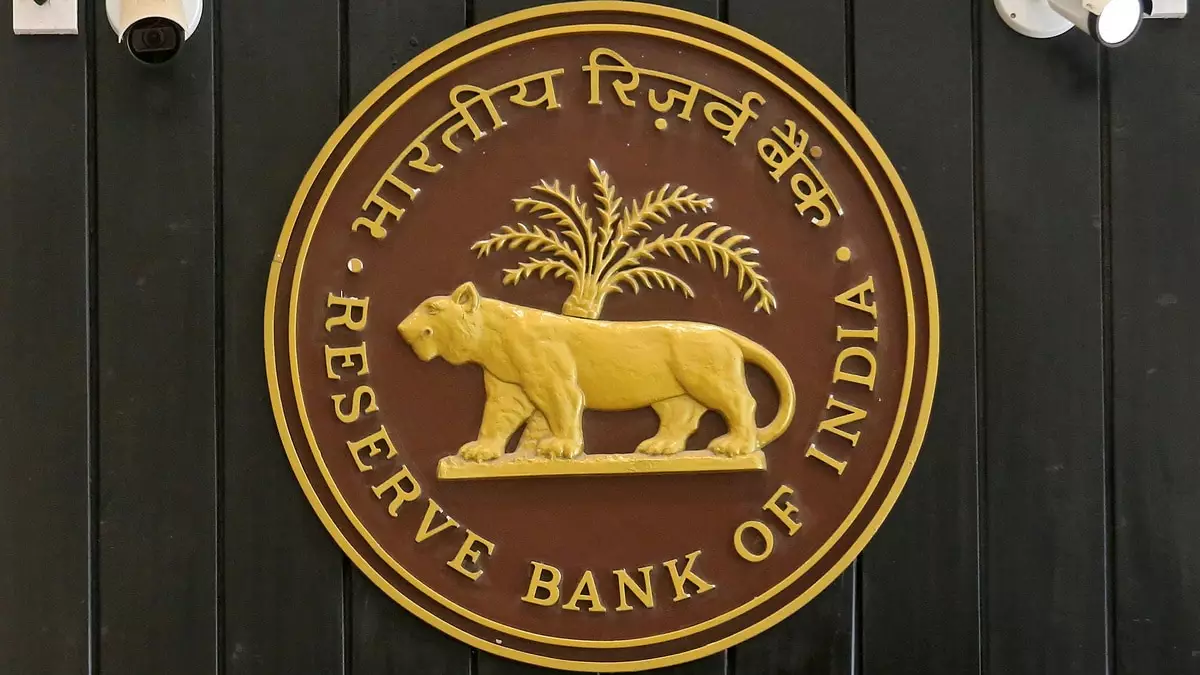On December 30, 2024, the Reserve Bank of India (RBI) unveiled its much-anticipated Financial Stability Report. The document provides critical insights into the evolving financial landscape, particularly focusing on the tokenisation of assets through blockchain technology. Acknowledging the nascent stage of this practice, the RBI raised concerns about potential vulnerabilities it may inflict on the traditional financial system, while also recognizing the rigorous interest in asset tokenisation as it is projected to gain momentum in the coming years.
The RBI’s report delves deep into the burgeoning sector of asset tokenisation, defined as the process of converting physical assets, such as real estate or stocks, into digital tokens that can be easily traded on blockchain platforms. This innovative practice is not just a buzzword; it represents a fundamental shift in how assets could be owned and traded. Tokenisation allows for fractional ownership, meaning that individuals can invest in a part of an asset rather than having to purchase it in whole. This could democratize investment opportunities, enabling a larger demographic to engage in markets previously deemed inaccessible.
However, the RBI’s cautious stance is warranted. The report highlighted a fundamental tension between the opportunities of asset tokenisation and the risks it introduces to financial stability. The technology underlying these tokens, known as Distributed Ledger Technology (DLT), carries inherent risks such as liquidity issues, maturity mismatches, and operational fragilities that could undermine the integrity of financial systems. These concerns necessitate a comprehensive understanding of how asset tokenisation can be integrated into existing frameworks, as well as a proactive approach to regulation.
A notable point in the RBI’s assessment is the interplay between the traditional financial systems and decentralized financial systems (DeFi). The potential for deeper integration raises questions about the readiness of financial institutions to cope with this shift. While RBI acknowledges the accelerating interest in asset tokenisation, it simultaneously warns of the challenges that come with adopting unregulated assets into established financial ecosystems.
The growth of digital currencies and tokenised assets calls for a transformative reconsideration of regulatory frameworks. The RBI’s concern centers not just around the technology but also around the implications of its mass adoption on macroeconomic stability. The potential for cryptocurrencies to undermine monetary policy effectiveness or worsen fiscal risks is a scenario that policymakers must grapple with as they formulate their response strategies.
The RBI’s apprehensions extend to the cryptocurrency sector, which has witnessed significant volatility over the past year. The report referenced the International Monetary Fund (IMF) and Financial Stability Board (FSB) safe papers underscoring the risks posed by widespread cryptocurrency adoption. The bank reiterated the potential consequences of cryptocurrencies on monetary policies, capital flow management, and overall global financial stability.
The lack of a definitive timeline from the Indian government for a comprehensive regulatory framework leaves stakeholders in a state of uncertainty. While the global narrative on cryptocurrencies is evolving—particularly with the anticipated regulatory changes in the United States under President-elect Donald Trump—the RBI has been cautious in its observations, demonstrating a thoughtful engagement rather than unreserved endorsement.
Moving forward, the RBI recognizes both the risks and rewards that come with embracing technological advancements such as asset tokenisation and cryptocurrencies. The emphasis on thorough regulation to mitigate the potential financial vulnerabilities while fostering innovation reflects a balanced approach. The need for regulatory clarity is more pressing than ever, as financial institutions and investors navigate the complexities of these emerging technologies.
The RBI’s Financial Stability Report serves as a crucial reminder of the dual-edged nature of financial innovations. While asset tokenisation holds transformative potential, the path toward its effective integration necessitates cautious stewardship, robust regulatory frameworks, and an ongoing dialogue among stakeholders. The future of finance may very well hinge on our ability to cultivate such an environment.


Leave a Reply